A student who committed suicide by self-immolation in political protest, Jan Palach killed himself on January 16, 1969, after the Soviet Union invaded his native Czechoslovakia to crush the reforms of Alexander Dubček’s government during the Prague Spring.
Palach was the first to immolate himself in Wenceslas Square, where a memorial to his death now stands, but he wasn’t the last; Palach arguably, how he stated in a letter he left behind, was part of a suicide pact formed of students and others willing to sacrifice themselves in protest of the invasion. Most of the other students did not go through with their pact after Palach made statements on his death bed about the degree of pain that they faced; but Jan Zajíc, another student who according to some was a friend of Palach’s, did.
The two students are memorialized with several monuments throughout the city, among which a modern sculpture by American artist John Hejduk on Jan Palach square near to the entrance to the philosophy faculty of Charles University, where Palach was a student and a bronze plaque with a copy of the student’s death mask on the same square. A bronze cross marks the spot where Palach set himself on fire, followed by Zajíc one month later. Zajíc committed suicide in the entrance of the building at No. 39 on Wenceslas square, where today a small plaque reminds of his act. In the middle of Wenceslas square there is another memorial plaque commemorating both students.
Palach’s body was initially interred in Olšany Cemetery, but after his gravesite grew into a national shrine, the Czech secret police exhumed his remains. His cremated body was sent to his mother in Palach’s native town of Všetaty. The urn full of ashes was officially returned on October 25, 1990, to the initial site. Later, the square in front of the univerity he had attended was named after him, and the bronze cross was embedded at the spot on Wenceslas Square where he fell. There are also several other memorials to Palach in cities throughout Europe.
In a letter that Palach left behind, he wrote: “Considering that our nations have found themselves on the brink of hopelessness and resignation, we decided to express our protest and awaken the consciousness of the nation. Our group consists of volunteers who are willing to set themselves on fire for our cause. I had the honor to draw number one and thus I gained the right to write the first letters and to enroll as the first torch. Our demands are: 1) immediate abolishment of censorship 2) ban on the spreading of “Zprávy” (Note: a Soviet newspaper, the title translates as “News”). As can be seen our demands are not unreasonable, rather on the contrary. If our demands are not met within five days, that is January 21st, 1969, and if the nation doesn’t rise with sufficient support (time-unlimited strike) of our demands other torches will be lit. Torch no. 1 P.S. I believe our nations will not require more light. January 1968 began from the top, January 1969 must begin from the bottom (if it is to begin).”
About a month later the eighteen-year-old student of the Industrial Highschool of Railways Jan Zajíc followed him, setting himself on fire and dying immediately. He too, left behind a letter explaining the motives behind his act: “Mother, father, brother, little sister! When you read this letter, I will already be dead or close to death. I know what a severe blow my act will be to you, but don’t be angry at me. Unfortunately, we are not alone in this world. I am not doing this because I would be tired by life, on the contrary, because I cherish it too much. Hopefully my act will make life better. I know the price of life and I know it is the most precious thing. But I want a lot for you, for everyone, so I have to pay a lot. Do not lose your heart after my sacrifice, tell Jacek to study harder and Marta too. You must never accept injustice, be it in any form, my death will bind you. I am sorry that I will never see you or that, which I loved so much. Please forgive me that I fought with you so much. Do not let them make me a madman. Say hi to the boys, the river and the forest.”
Community Contributors
Added by
Edited by
Plan Your Trip
The Atlas Obscura Podcast is Back!




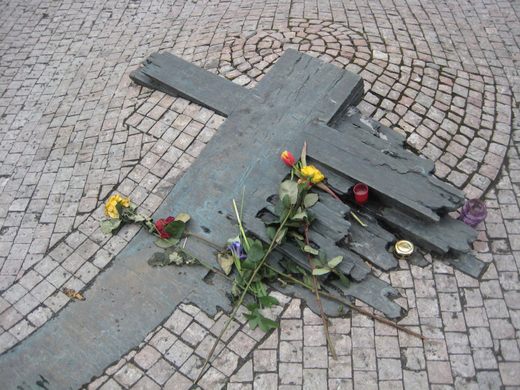

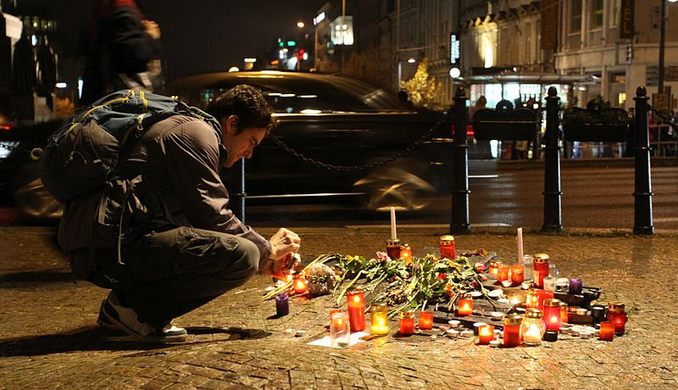
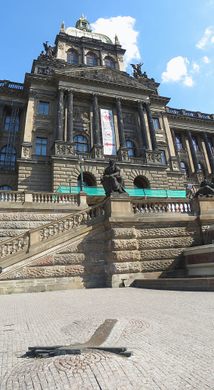


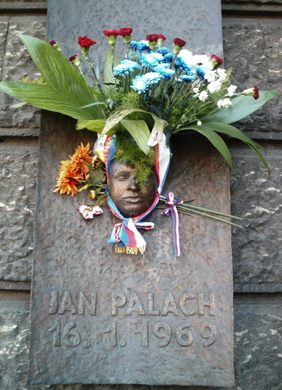

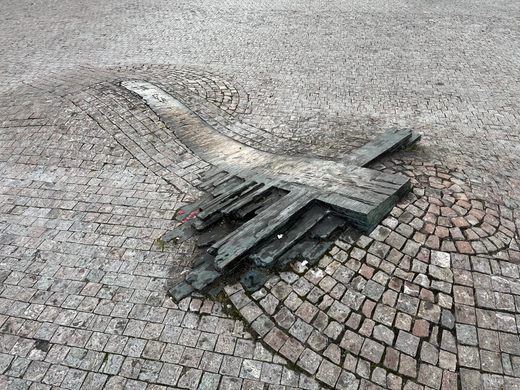
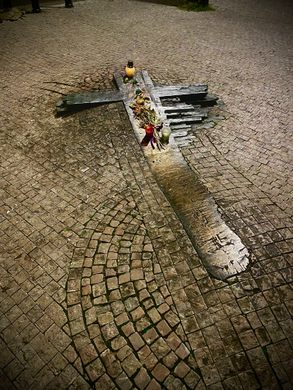


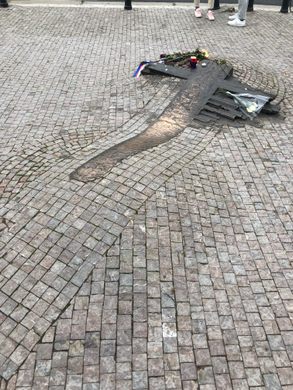




























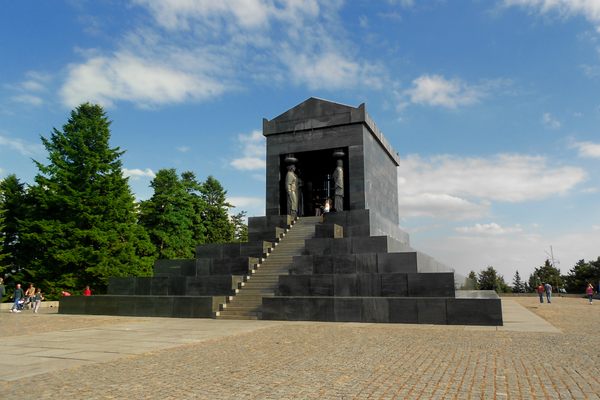


Follow us on Twitter to get the latest on the world's hidden wonders.
Like us on Facebook to get the latest on the world's hidden wonders.
Follow us on Twitter Like us on Facebook